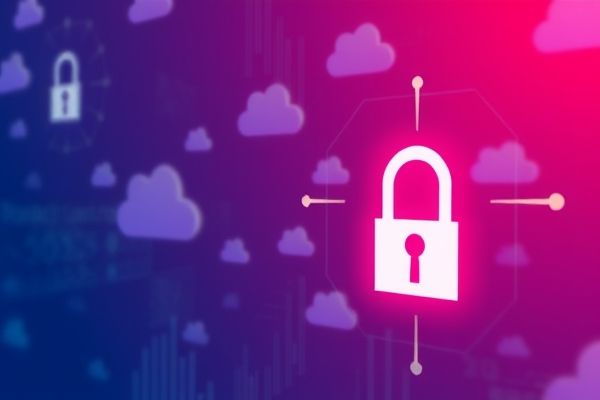In the ever-evolving landscape of cybersecurity, identity-based attacks are escalating. Organizations leveraging Software as a Service (SaaS) platforms face unique challenges as attackers increasingly target compromised credentials and hijacked authentication methods. Developing a robust Identity Threat Detection and Response (ITDR) strategy is essential to combating these threats.
Key Takeaways:
- ✅ Comprehensive coverage across vital SaaS applications like Microsoft 365, Salesforce, and Box.
- ✅ An identity-centric approach allows for real-time visibility and correlation of threats across SaaS environments.
- ✅ Integrated threat intelligence enhances detection capabilities and provides context for security events.
- ✅ Prioritized alerts help reduce noise, focusing attention on critical threats to improve response times.
Recognizing the Landscape: As the dependence on cloud services increases, organizations become more vulnerable to identity threats. Traditional security measures often overlook specific risks within SaaS applications, necessitating a proactive stance involving comprehensive coverage across essential platforms. An effective ITDR strategy must facilitate seamless integration with Identity Providers (IdPs) like Okta and Azure AD while offering deep forensic capabilities for investigating identity-related incidents.
Monitoring Through an Identity-Centric Lens: Organizations must prioritize an identity-centric monitoring strategy to defend against potential identity breaches effectively. This approach involves tracking all identity-related events and using User and Entity Behavior Analytics (UEBA) systems to detect abnormal activities. By leveraging these insights, security teams can respond proactively to suspicious activities, addressing issues before they escalate.
The Importance of Threat Intelligence: Real-time threat intelligence is crucial for identifying lurking vulnerabilities and mitigating risks associated with identity attacks. By analyzing data sourced from various indicators of compromise (IoCs) and mapping actions to frameworks such as MITRE ATT&CK, organizations can better understand attack methodologies. This proactive insight improves incident management and enhances overall security posture.
Alert Management and Operational Focus: With alert fatigue prevalent in many organizations, prioritizing critical alerts is essential for sustaining operational efficacy. Utilizing dynamic risk scoring helps filter through an overwhelming number of alerts, directing focus towards significant identity-related incidents. Providing context-driven incident timelines allows security teams to take efficient, rapid actions against genuine threats.
Conclusion: In light of rising identity-based threats, it is imperative to implement a robust Identity Threat Detection and Response strategy within SaaS environments. By integrating comprehensive coverage, monitoring through an identity-centric lens, infusing threat intelligence, and focusing on alert management, organizations can significantly reduce the risk of identity-related breaches. A proactive approach in these areas will not only secure sensitive data but also bolster resilience against the continuously evolving cyber threat landscape.



